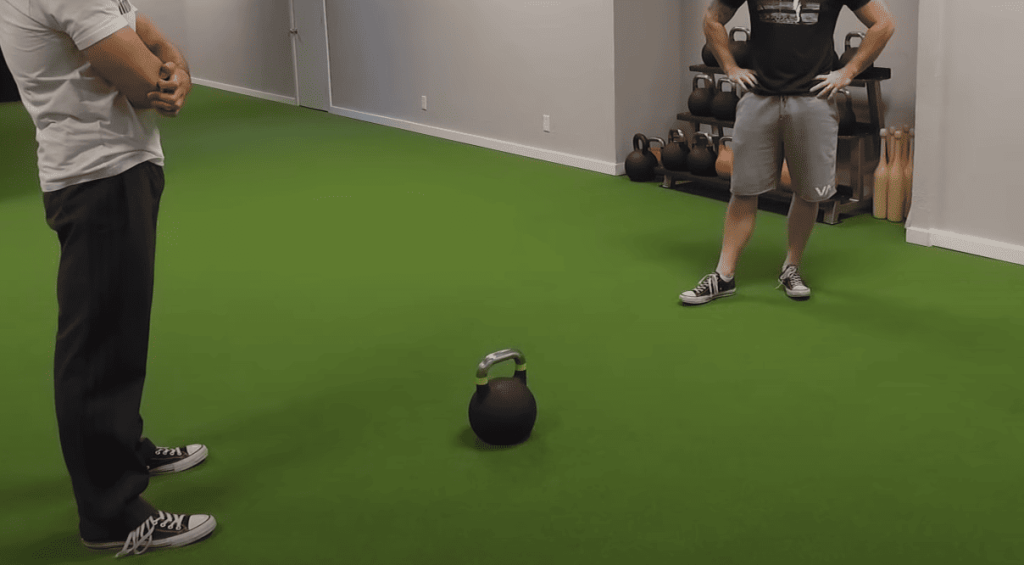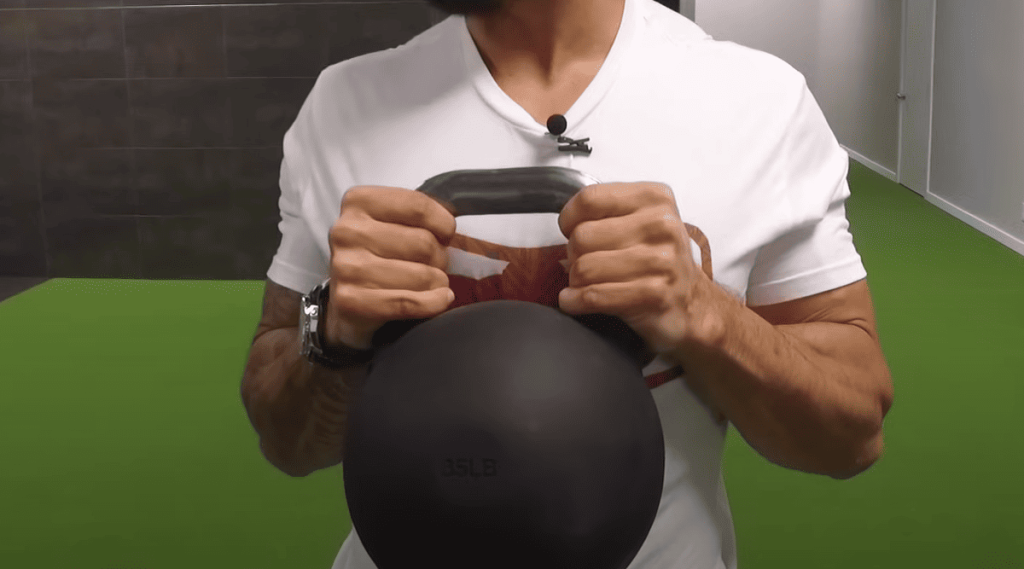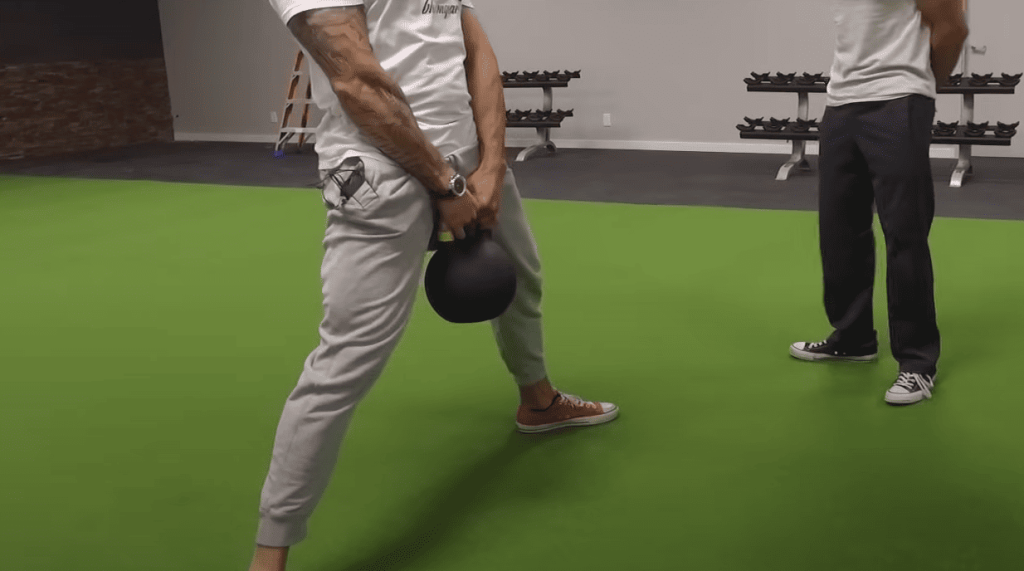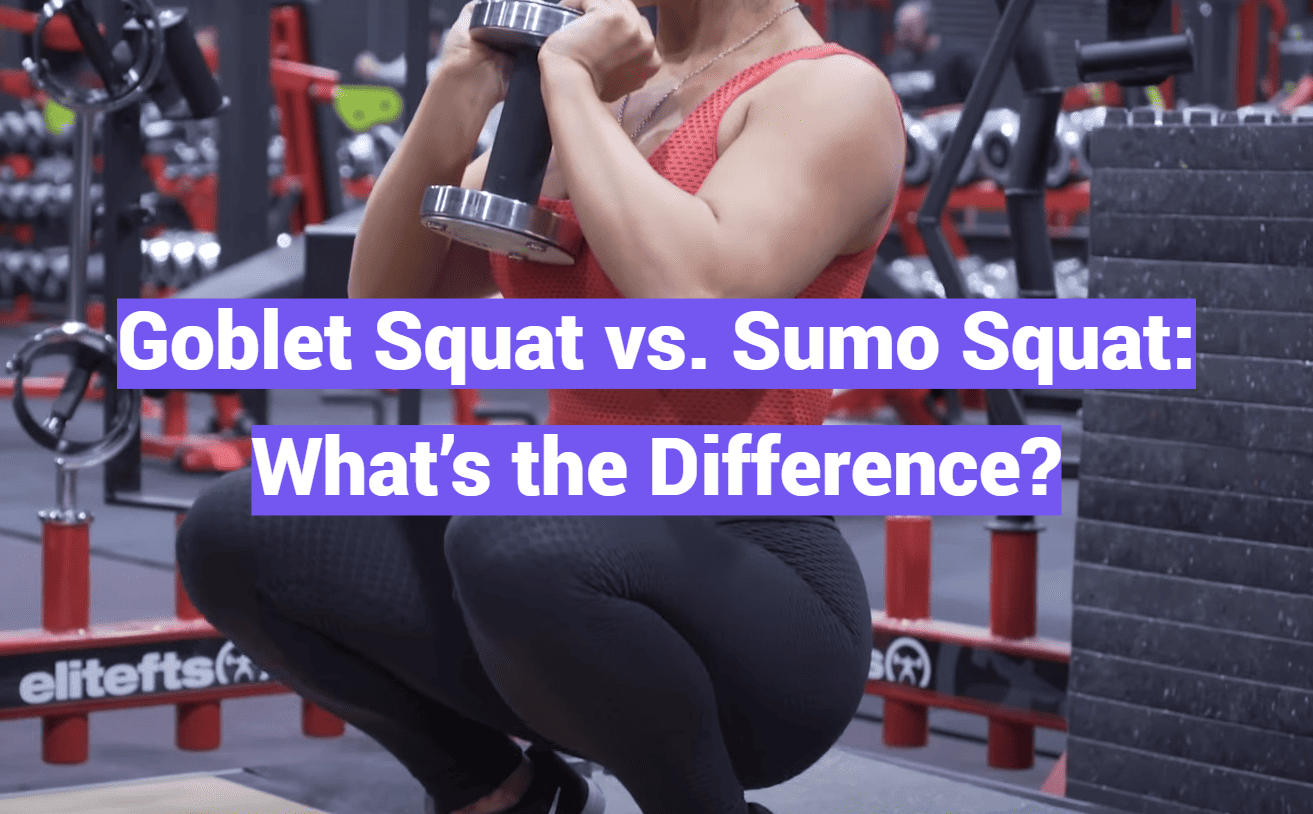Did you know a single tweak to your stance can activate 30% more muscle fibers in your lower body? While many lifters treat these movements as opposites, they’re more like cousins with unique strengths. Let’s untangle the confusion.
One targets your form, the other your footing. The first involves holding a weight close to your chest, almost like cradling a large trophy. The second requires spreading your legs wide, mimicking a wrestler’s ready position. Though they share a name, their execution tells different stories.
You might be surprised to learn these exercises can overlap. Imagine combining the wide-legged posture with the front-loaded weight position. This hybrid approach challenges balance while engaging multiple muscle groups simultaneously. But here’s the catch – each variation shines brightest when used intentionally.
Your fitness goals decide which movement deserves focus. Seeking better posture? Prioritize the chest-held version. Aiming for hip mobility? The wide-stance option might become your new favorite. Both build strength, but their hidden benefits reveal why how you move matters more than just moving weight.
Key Takeaways
- Stance width defines the primary difference between these two lower-body movements
- Weight placement impacts core engagement and balance demands
- Combining techniques creates hybrid variations for advanced lifters
- Exercise selection should align with specific mobility or strength goals
- Proper form adjustments prevent injury while maximizing results
Introduction to Squat Variations
Imagine if one exercise could transform your workout results—welcome to the world of squats. These foundational movements have evolved far beyond their basic forms, adapting to modern fitness needs while keeping lower body strength at their core.

The Rise of Squat Exercises
From ancient warriors to modern gyms, squats have always built powerful legs. Today’s versions blend tradition with science. Fitness coaches now use variations to address posture issues, joint mobility, and muscle imbalances.
| Benefit | Traditional Squats | Modern Variations |
|---|---|---|
| Muscle Engagement | Quad-focused | Full-body activation |
| Accessibility | Limited modifications | Adaptable for injuries |
| Customization | One-size-fits-all | Tailored to body type |
Why Different Squat Styles Matter
Your hips don’t lie—they’ll tell you which variation works best. Narrow stances fire up quads, while wider positions target inner thighs. Switching styles prevents plateaus and keeps workouts fresh.
Beginners often stick to basics, but adding variety accelerates progress. Rotating through exercises challenges muscles in new ways. It’s like giving your legs a surprise quiz instead of the same test every week.
Understanding Goblet Squats
Ever tried hugging a weight while working out? This unique front-loaded movement turns your equipment into a postural coach. By cradling a dumbbell or kettlebell at chest level, you create natural alignment cues that benefit both new and experienced lifters.
Mastering the Movement Pattern
Start by gripping your chosen weight vertically with both hands. Keep elbows tucked close to your ribs as you:
- Position feet slightly wider than hip distance
- Rotate toes outward 15-20 degrees
- Initiate descent by pushing hips backward
Maintain tension through your midsection as you lower. The weight’s front placement automatically counters forward lean, making depth easier to achieve safely.
Primary and Supporting Muscles Worked
This variation shines as a quadriceps developer while engaging:
- Core stabilizers
- Upper back muscles
- Gluteal complex
Your grip strength gets indirect work from holding the equipment. The upright torso position particularly benefits those wanting to improve everyday movements like lifting groceries or playing with kids.
Understanding Sumo Squats
What if standing like a warrior could unlock new strength? This wide-legged powerhouse borrows its spirit from Japanese wrestling traditions. Position your feet wider than shoulder distance, toes flared outward like compass needles pointing northeast and northwest.

Optimal Stance and Range of Motion
The magic begins with your foundation. Start with a stance that’s 1.5 times your shoulder width—this creates space for proper hip rotation. Rotate toes to 45 degrees to match your natural hip socket alignment.
| Aspect | Sumo Variation | Traditional |
|---|---|---|
| Foot Angle | 45° outward | 15° forward |
| Hip Flexion | Deeper rotation | Limited by stance |
| Knee Path | Outward tracking | Forward movement |
This positioning lets you descend efficiently without compromising form. “The wide base acts like scaffolding for your hips,” notes certified strength coach Alicia Tanaka. “It supports deeper movement patterns safely.”
Key Muscle Engagement
Your lower body becomes an orchestra of activation:
- Glutes fire first during ascent
- Inner thighs maintain tension throughout
- Hamstrings stabilize knee joints
Bonus activation occurs in often-neglected areas. Your pelvic floor muscles engage naturally to support core stability—a hidden benefit for postpartum athletes or desk workers.
“Sumo variations teach your body to generate power from wide angles—essential for real-world movements like lifting heavy objects.”
This movement pattern proves particularly effective for those wanting to enhance lateral strength. Dancers and martial artists often incorporate sumo squats for improved hip mobility and explosive power.
goblet squat vs sumo squat
Picture two athletes preparing for lifts – one feet-wide gripping a barbell, another hugging a weight close. Their starting positions reveal distinct training priorities. The magic lies in how foot placement and equipment choices shape muscle activation patterns.
Stance and Load Placement Differences
Foot positioning dictates which muscles take center stage. Wider stances reduce knee bend while increasing hip engagement – perfect for targeting inner thighs. Narrower positions demand deeper knee flexion, spotlighting quad development.
| Feature | Wide-Stance Lift | Front-Loaded Version |
|---|---|---|
| Primary Focus | Hip mobility | Core stability |
| Equipment Flexibility | Multiple options | Specific needs |
| Ideal For | Lateral strength | Posture correction |
Weight positioning alters movement mechanics dramatically. Front-loaded variations act like posture coaches, keeping your torso upright. Wider-stance alternatives let you handle heavier loads by engaging powerful hip muscles.
Application of Equipment in Each Variation
Your gear choices expand or limit exercise potential. The chest-held version requires:
- Compact weights like kettlebells
- Vertical grip positions
- Constant core tension
Wider-stance options welcome creativity. Use barbells for heavy lifts, sandbags for instability training, or just bodyweight for mobility work. “The equipment becomes your teacher,” notes trainer Marcus Reid. “Each tool emphasizes different movement patterns.”
Beginners often benefit from front-loaded variations’ built-in form cues. Advanced lifters can combine techniques – try wide stances with chest-held weights for hybrid challenges. Remember: your equipment should serve your goals, not limit them.

Comparing Benefits and Limitations
Your workout success hinges on choosing the right tools. Each exercise offers unique advantages shaped by stance and load placement. Let’s break down how these differences impact your results.
Strength and Hypertrophy Impacts
The wide-stance version builds explosive power through hip extension. Powerlifters favor it for handling heavy loads safely. Its muscle-building magic shines in glute development and inner thigh activation.
| Aspect | Wide-Stance Exercise | Front-Loaded Exercise |
|---|---|---|
| Peak Strength | Hip-dominant lifts | Full-body stability |
| Muscle Focus | Glutes & adductors | Quads & core |
| Progress Metric | Weight capacity | Movement quality |
For quad definition, the chest-held variation dominates. Its upright position creates constant tension across thigh muscles. This makes it ideal for athletes needing knee stability during jumps or sprints.
Mobility and Flexibility Considerations
Your body’s flexibility determines which movement works best. The wide-stance version demands open hips but rewards you with improved:
- External rotation range
- Pelvic floor engagement
- Lateral movement capacity
The front-loaded alternative acts as a mobility tutor. It enhances ankle dorsiflexion while teaching proper spinal alignment. “These movements complement each other like yoga and weightlifting,” notes trainer Layla Chen.
Beginners with tight hips might struggle initially with wide stances. Those lacking ankle mobility could find deep positions challenging. Pairing both exercises creates balanced flexibility across joints.
Safety and Injury Prevention Tips
Your body’s warning signals often come through subtle twinges during workouts—listen closely. Proper form transforms squat movements from potential injury risks to powerful strength builders. Understanding common missteps helps protect your joints while maximizing gains.
Common Form Errors to Avoid
Knee valgus (inward collapsing) ranks as a top stability killer. This occurs when hips lack mobility or leg muscles fatigue. Always track knees over toes during descent—imagine pushing floor surfaces apart with your feet.
Spinal positioning proves equally crucial. Avoid rounding or over-arching your lower back by bracing your core before moving. Think about maintaining a proud chest position throughout the entire range.
Weight distribution errors often strain joints. Leaning too far forward shifts stress to knee ligaments. Instead, hinge at the hips while keeping shins nearly vertical for balanced muscle engagement.
Breathing technique serves as your secret weapon. Exhale forcefully while rising to maintain intra-abdominal pressure. This simple trick protects your lumbar spine and enhances power output.
Smart lifters prioritize form over weight. Start with lighter loads to master movement patterns before progressing. Your future self will thank you for injury-free training years down the road.

